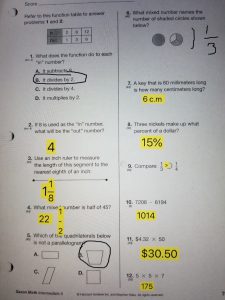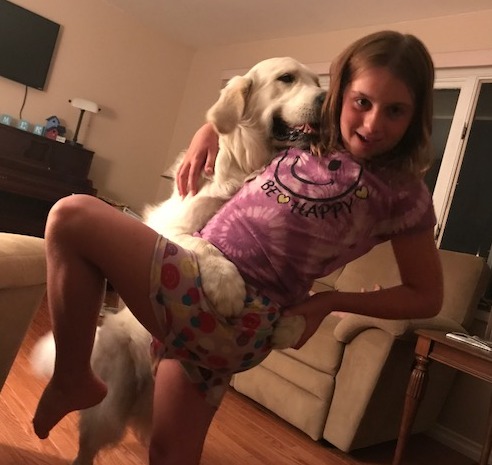Ask 11-year-old Olivia Hawley what she wants to be when she grows up, and you’ll get an impressive answer: “I wanna be a neurosurgeon.” Achieving that goal would mean a minimum of 14 years post-secondary schooling, but there’s no doubt Olivia will accomplish what she sets her mind to do. She’s already proven herself a problem solver by finding and applying assistive technology (AT) to meet challenges posed by dyslexia and dysgraphia.
Olivia, a sixth-grader at Dillon Middle School, was first diagnosed at age 7. “I was always slower at the fluency tests we had to do in school,” she remembers. “I kept getting bumped down to lower reading groups. I didn’t really know why.” Her struggle to read and write made her feel rushed and anxious in school, which in turn made school itself a tough place to be.

Her frustration led her and mom Kimberly to MonTECH to explore technologies designed to mitigate learning challenges. What works best for Olivia is an iPad, SnapType Pro, Learning Ally, and Speechify. “I use SnapType Pro for help with writing and doing worksheets,” she explains. “I use Learning Ally to help me understand reading and to be able to ‘ear’ read. I also have the app Speechify so I can take a picture of a worksheet or textbook and have it read to me. It helps me understand and not get so flustered.”
Olivia is the only student in her class using this kind of technology, but she was not concerned about being different. “I got some questions about it from classmates at the beginning, but now nobody cares,” she says. “Although they always like to see what my screensaver is.” The class favorite? The one of her English cream golden retriever giving her a hug. Naturally.
Olivia suggests that one important way teachers could better support students using technology would be to learn how to use the technology themselves. “If I am having troubles, if the teacher knew how to help with the assistive technology, it would be very helpful instead of sending me to the computer lab.” She makes an excellent point, and MonTECH is happy to offer training to teachers who want to learn how to support students using AT.
School is better, now that Olivia has tools to help her keep up; or rather, to excel. The reading and writing supports free up time to pursue her passions, like tennis, soccer, and particularly gymnastics. In advanced gymnastics, she is working to master the parallel bars. What does she like about the bars? “I like when you get the wind in your face,” she says. Just the answer I would expect from this little live wire.

